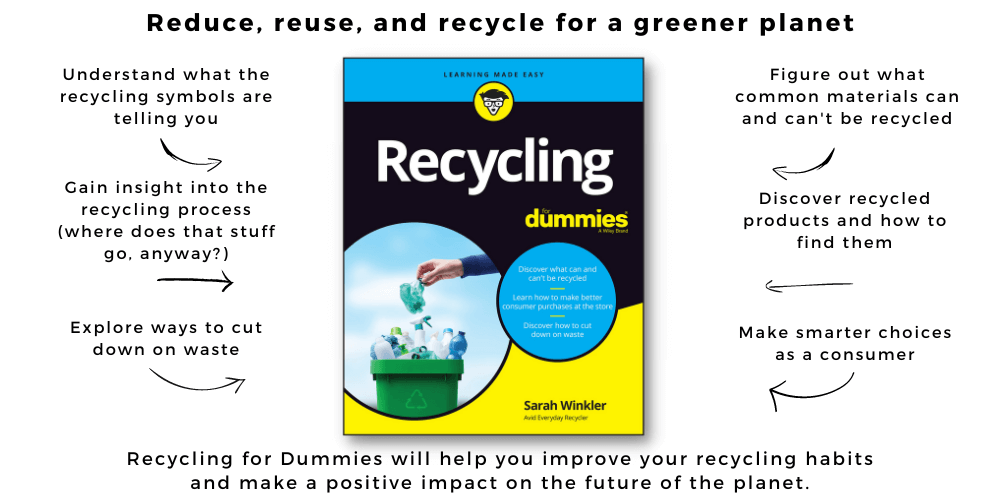RECYCLING PLASTIC IN CURBSIDE BINS
Recycling plastics can seem quite complicated. There are so many different types and so many different rules.
But the good news is I have a way to help you break things down into easy steps so that you can work out if a plastic item is recyclable in your curbside recycling bin.
Hard plastic versus soft plastics
Hard plastic is the type of plastic that bounces back into shape when you try to squeeze it. In contrast, soft plastics can be scrunched up easily and will stay that way, generally. Looking at examples is the easiest way to work this out.
- Hard plastics – shampoo bottles, water bottles, cleaning bottles, plastic meat trays, or yogurt tubs.
- Soft plastics – bread bag, plastic bag, food wrap, pasta packet, or a plastic produce bag.
The easiest way to work out which one you have is to do a scrunch test. Basically, if you can scrunch the item into a ball, then it is a soft plastic.
The plastic resin identification codes
The plastic codes are designed to help identify the type of plastic something is made from. As we learned in Lesson 3, these symbols do not tell you whether an item can be recycled or not.
A lot of people complain about the resin identification coding because it uses the standard recycling symbol around the number. This is unfortunate and leads to more confusion; however, I think these numbers are still useful. In many locations, curbside recycling is limited to certain types of plastics, and the best way to identify these is to look for this number. You can download this quick guide for what the different numbers mean.
You might also download our Plastic by Numbers Everyday Recycler eBook if you haven’t already.
What plastic is accepted by your local curbside recycling service
As we learned in Lesson 2, variations in recycling plants and the availability of end markets mean that the rules vary from place to place. If you filled out your Curbside Recycling Checklist in Lesson 2, then you will have already checked which plastics are accepted in your area. It is important to stick to these rules and keep contamination low.
Some curbside services do not specifically list the resin code numbers but simply say you can recycle any rigid plastic. My curbside recycling is one of these.
Here are the steps to take when determining if a plastic item can be recycled in your curbside bin or not:
If the item is not accepted by your curbside service, then try looking for specialist services. There are some available for polystyrene (plastic number 6), for example. As I always say, check the rules first, as many of these services only accept expanded polystyrene.
TASK
Tasks for lesson 9 include:
- Review your Curbside Recycling Checklist and make sure you understand which plastics are accepted in your local service.
- Spend some time looking over the types of items your local services accept on their website. Often, this will mostly be different types of packaging, although in some instances, additional things, like plastic toys, are accepted. Get familiar with the rules and check common items you use everyday.
- Look through your curbside recycling bin and see if you spot any plastics that don’t belong.
- Check if you have access to a soft plastic recycling service. You can find a list of these by country in our article Recycling plastic bags and soft plastic.
SUGGESTED READING
- What is plastic?
- Plastic by numbers
- Plastic number 1 PET
- Plastic number 2 HDPE
- Plastic number 3 PVC
- Plastic number 4 LDPE
- Plastic number 5 PP
- Plastic number no 6 PS
- Plastic number 7 Other
- What Are Single-Use Plastics and Why Are They Bad?
Let’s conquer recycling together.
You can jump to any of the other lessons below:
- Conquer Curbside Recycling Challenge Page
- Lesson 1 – WHAT IS RECYCLING AND WHY IS IT IMPORTANT
- Lesson 2 – FINDING YOUR RECYCLING RULES
- Lesson 3 – RECYCLING CODES AND SYMBOLS
- Lesson 4 – REDUCING CURBSIDE RECYCLING CONTAMINATION
- Lesson 5 – GETTING FAMILIAR WITH SOME COMMON RULES
- Lesson 6 – RECYCLING GLASS IN CURBSIDE BINS
- Lesson 7 – RECYCLING PAPER IN CURBSIDE BINS
- Lesson 8 – RECYCLING METAL IN CURBSIDE BINS
- Lesson 9 – RECYCLING PLASTIC IN CURBSIDE BINS
- Lesson 10 – RECYCLING CURBSIDE BINS OVERVIEW
If you liked this challenge, then you are definitely going to like my book “Recycling for dummies”. It has 384 pages filled with knowledgeable and actionable content for you to become a better recycler. Find out more here.















